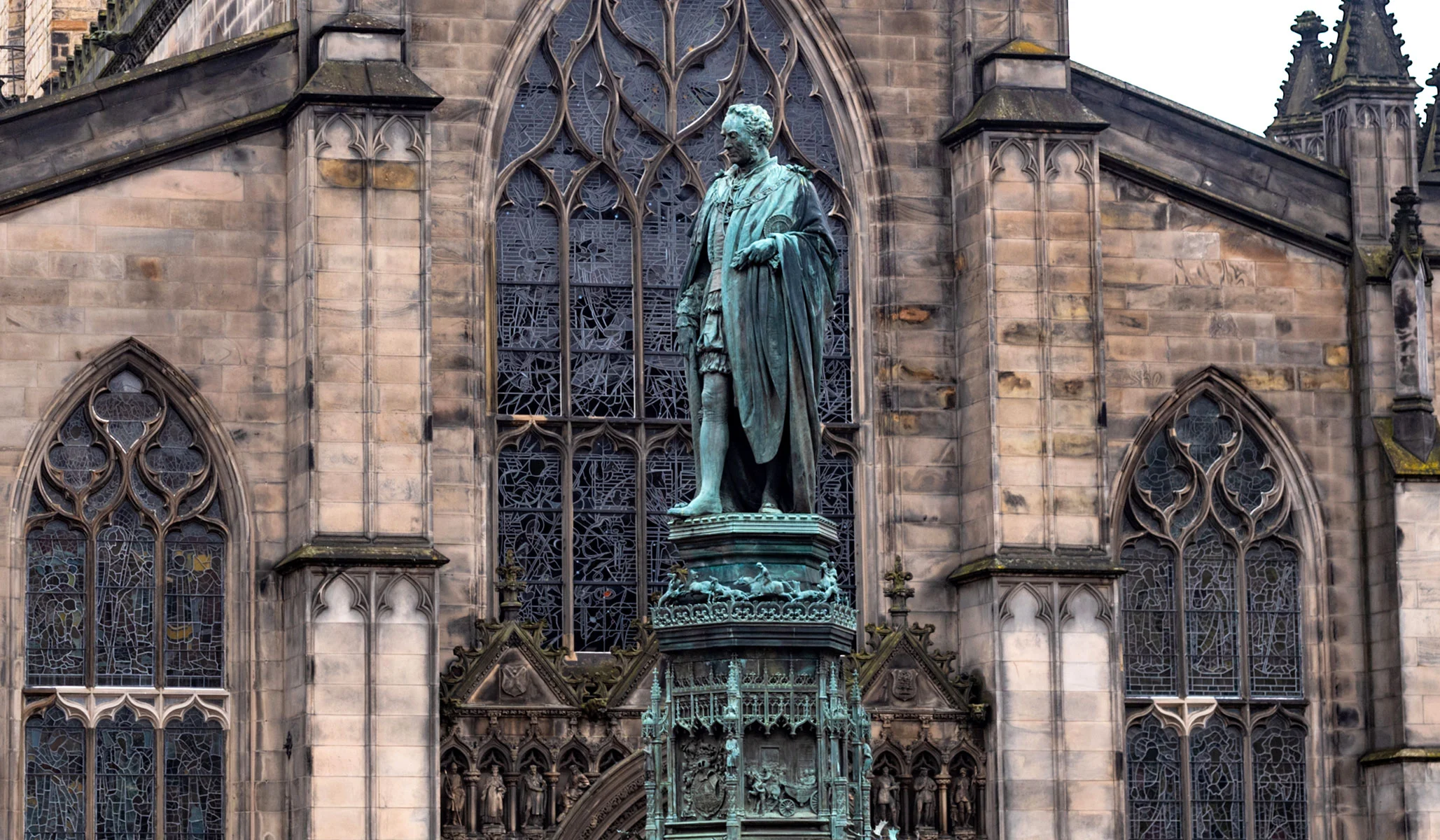Adam Smith, widely regarded as the father of economics and a founder of classical liberalism, was born in 1723. To celebrate his 300th birthday, National Review Capital Matters is presenting the Adam Smith 300 series. Each month throughout 2023, an essay on Smith will appear on the 16th day, written by various scholars of Smith’s thought. Daniel Klein and Erik Matson of George Mason University are curating the series for Capital Matters, along with Dominic Pino. To read previous months’ essays, click here.
Contrary to popular belief, Smith’s ideas did not emerge from nowhere. Rather, they were shaped by his reading and participation in debates with his peers. Smith was part of the Scottish Enlightenment, which took place in the middle years of the 18th century and was part of a wider European Enlightenment, the “Age of Reason.” This was a time when science, progress, and freedom of expression and activity came increasingly into the intellectual vanguard.
The Scottish literati, a tight-knit group living in the Scottish Lowlands, were at the forefront of this movement. They were ambitious young men who found their way into jobs in the universities, the Scottish state church, and the law. They were figures such as the “father of sociology,” Adam Ferguson; the judge and critic Henry Home, Lord Kames; Smith’s student and fellow professor at Glasgow John Millar; the great natural scientists Joseph Black and James Hutton; Hugh Blair, the first professor of English literature in the world; the philosopher Thomas Reid; the best-selling historian and church leader William Robertson; the engineer James Watt; the architect Robert Adam; and medical men such as John Gregory, William Cullen, and the brothers John and William Hunter. At the center of it all stood Smith’s great friend David Hume, the brilliant philosopher and historian whose ideas proved so influential on Smith’s intellectual development.
The Scottish Enlightenment was decisively different from the French Enlightenment, as members of the Scottish Enlightenment saw the benefits of economic development and wanted to encourage the process. The idea of “improvement” became central to their sense of themselves as a group. They formed clubs such as the Edinburgh Society for Encouraging Arts, Sciences, Manufactures, and Agriculture, the Select Society, the Poker Club, and Adam Smith’s own Oyster Club, where they would meet to share the latest advances in knowledge. The leading Scots corresponded with and met the leading intellectuals of the time, with visitors such as Edmund Burke and Benjamin Franklin welcomed into what the Scottish novelist Tobias Smollett described as “a hotbed of genius.”
From the Scottish cities of Edinburgh and Glasgow, they could see the beginnings of urban commercial society and modern agriculture in the Scottish Lowlands, but they could also look north to the Highlands and see a clan-based subsistence economy. The difference fascinated them and posed the question of how the Highlands might be “improved.” Smith’s interest in society, morality, and political economy was shaped by this context.
Smith attempted to create a scientific study of what he could see going on around him in Scotland, Britain, and the British Empire. His Theory of Moral Sentiments was an attempt to apply science to our understanding of how people make moral judgments. The goal here was to examine how people come to form ideas about how they should live their lives. For Smith, this meant examining how people in different circumstances have different ideas about what constitutes right and wrong. Smith was able to use this empirical study to inform a new theory about the virtues appropriate for a commercial society.
Adam Smith was a man of the Enlightenment, and particularly of the Scottish Enlightenment. Once we grasp this, we can see why he was so interested in society, morality, and political economy. We can appreciate the context that shaped his view of the world and sense a mind and spirit that, even after 300 years, continues to speak to us today.

